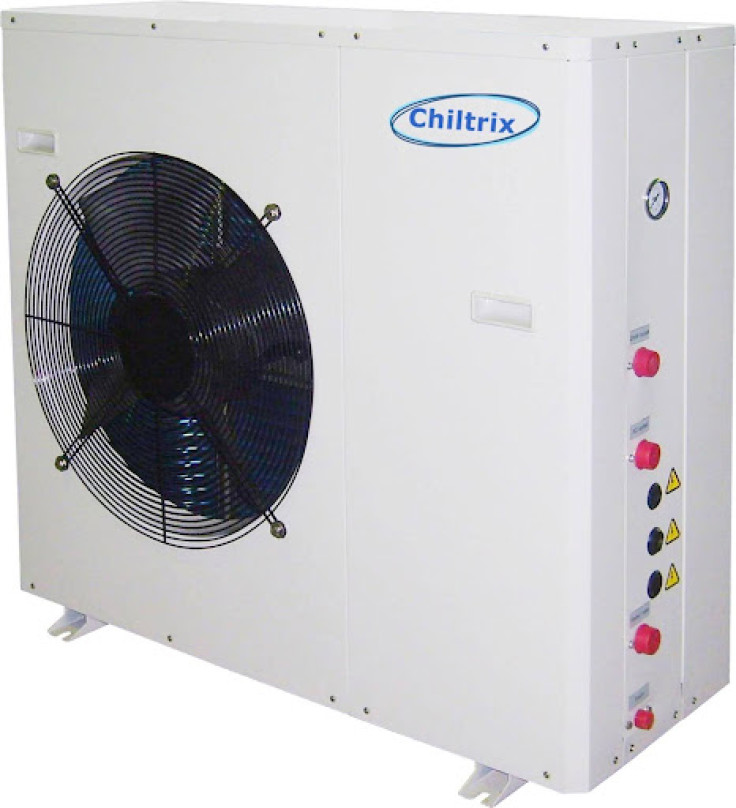
For decades, the U.S. has enjoyed low energy prices, allowing the average American to consume huge amounts of energy without burning a hole in their pocket. However, in recent years, this has changed, and the rising cost of energy has made people give a second thought to their consumption. Furthermore, an increased awareness of environmental impacts has resulted in efforts to increase the energy efficiency of heating, ventilation and air conditioning (HVAC) systems. In a sense, the U.S. is looking to catch up with other global regions such as Europe.
Chiltrix, an affiliate of Hotspot Energy, is the leading manufacturer of air-to-water heat pumps (ATWHPs) in the U.S. ATWHPs are an innovative, next-generation solution to the heating and cooling needs of many commercial and residential buildings.
According to John Williams, founder of Chiltrix, most people in the U.S. are not yet familiar with an air-to-water heat pump, but, at its simplest, it functions similarly to a normal heat pump by transferring heat from one side to another, providing cooling in hot weather and heating in cold weather. Aside from higher efficiency, a noticeable difference is that the indoor equipment is connected to outdoor equipment by insulated water lines rather than high-pressure refrigerant lines. Like a normal heat pump, instead of burning fossil fuels, an air-to-water heat pump is powered by electricity, which is increasingly being generated using renewable sources, rather than burning fossil fuels such as natural gas or coal.
In a regular heat pump system, the outdoor unit is connected by high-pressure refrigerant lines to an indoor system commonly referred to as an air handler. This air handler sits in a duct system that distributes heated or cooled air. The refrigerant is piped inside the building, which creates a risk of a leak introducing harmful chemicals indoors. Some high-efficiency refrigerants — such as R290, another name for propane — are extremely toxic and flammable.







